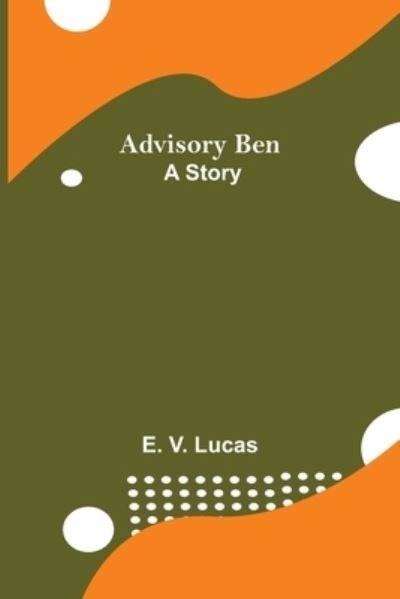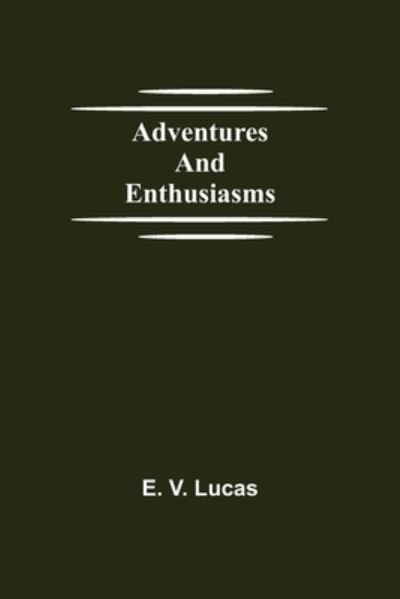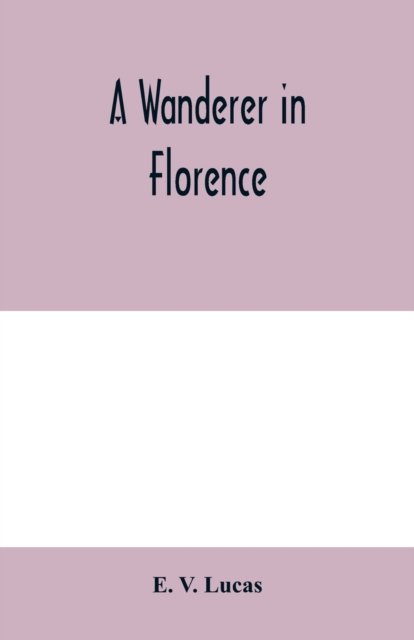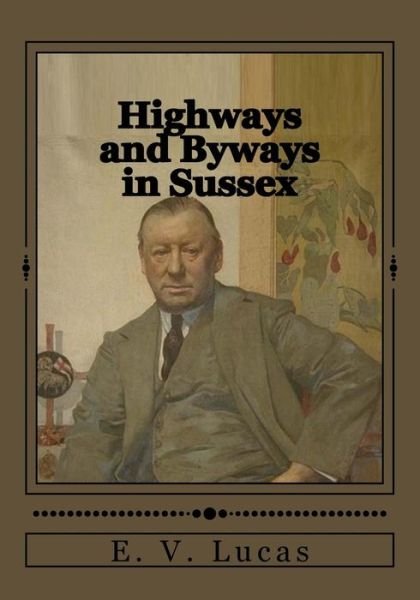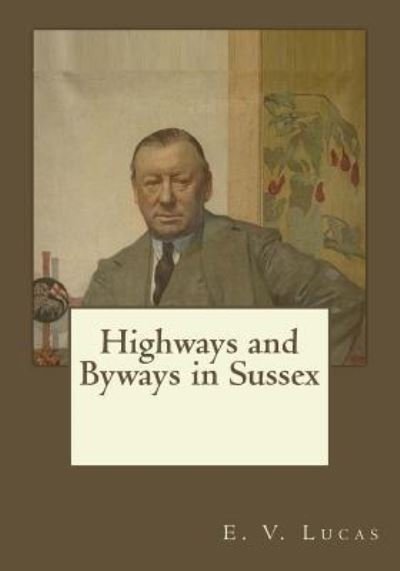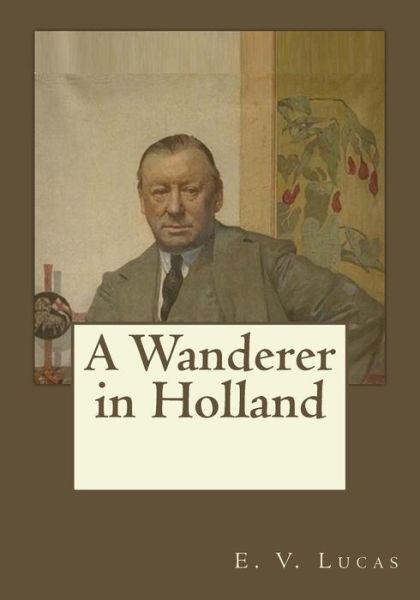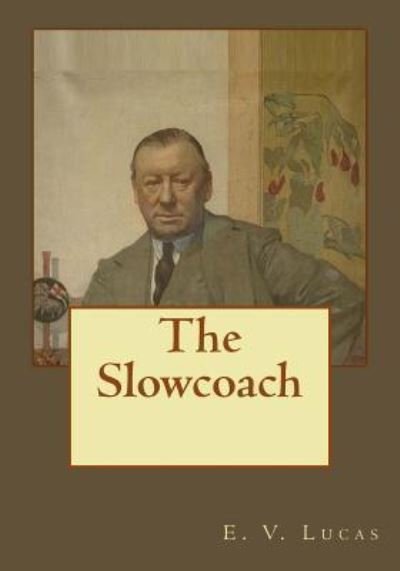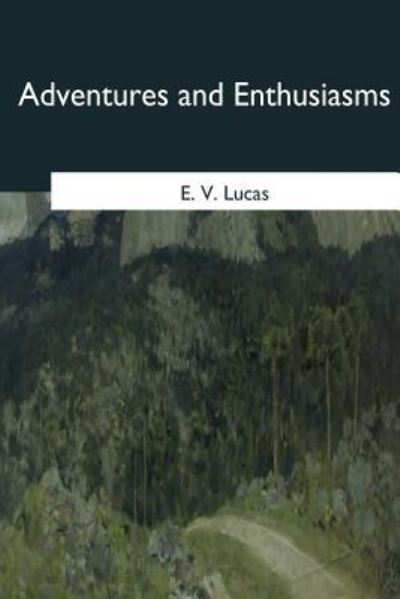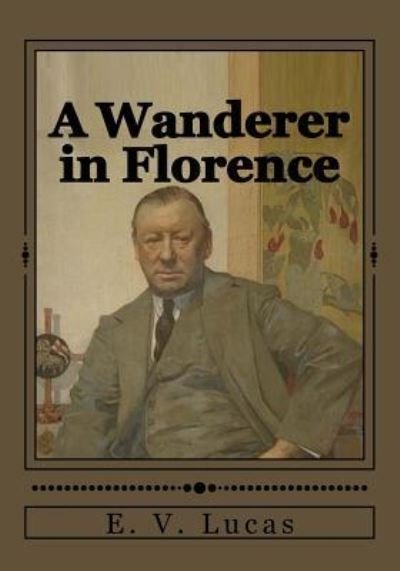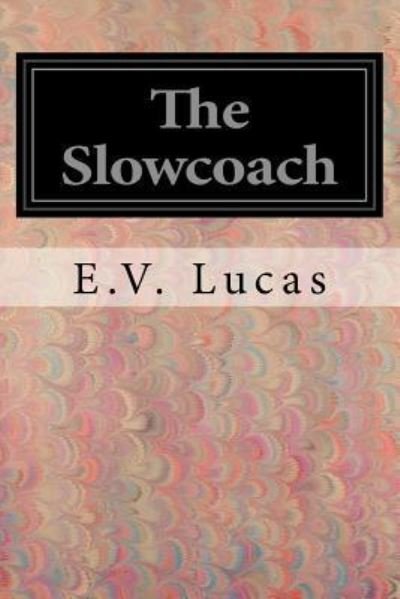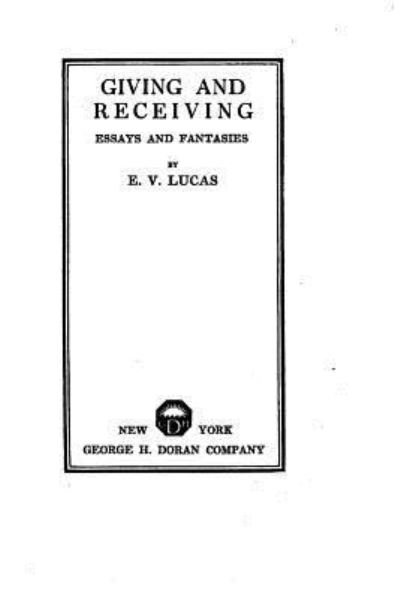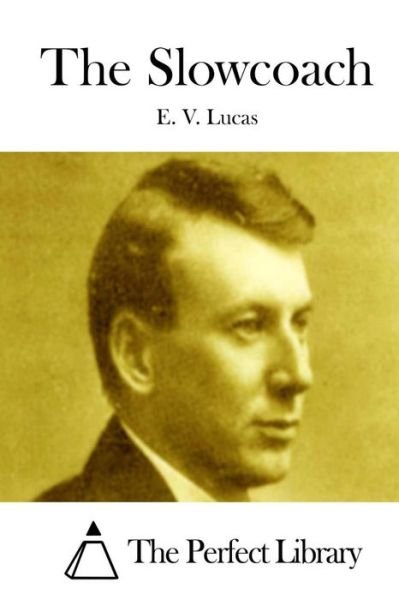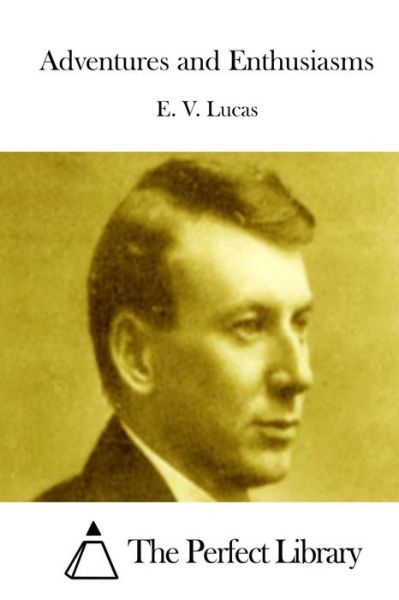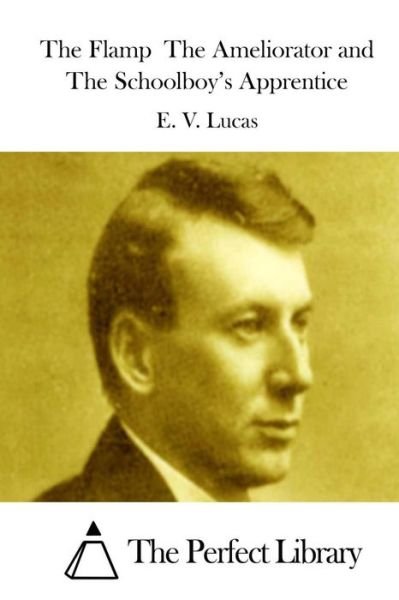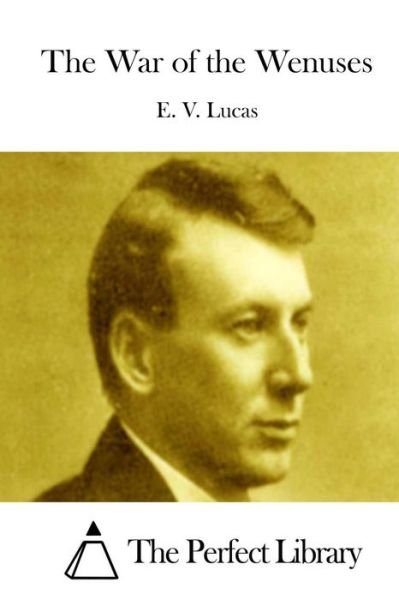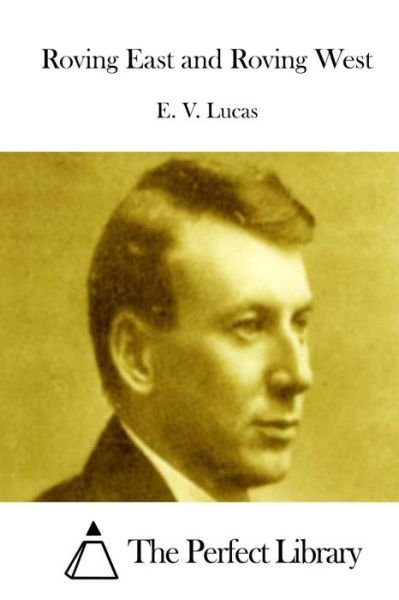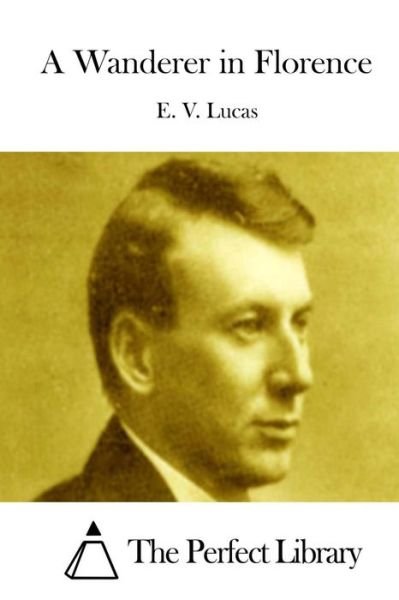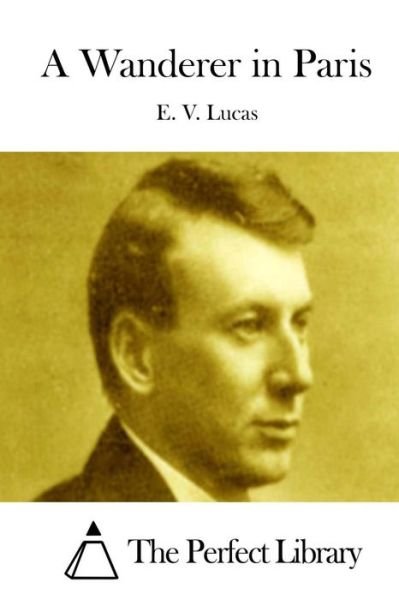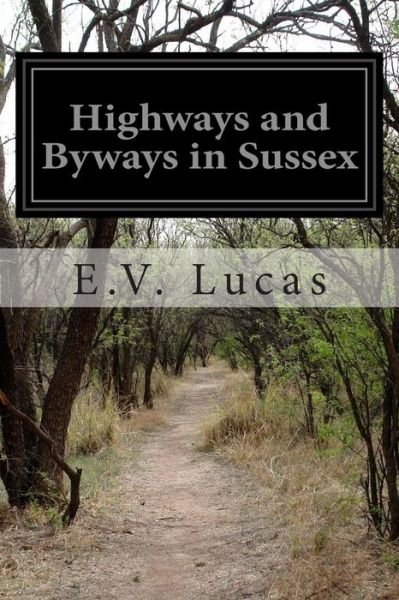
Tell your friends about this item:
A Wanderer in Venice
E V Lucas
A Wanderer in Venice
E V Lucas
I have no doubt whatever that, if the diversion can be arranged, the perfect way for therailway traveller to approach Venice for the first time is from Chioggia, in the afternoon. Chioggia is at the end of a line from Rovigo, and it ought not to be difficult to get thereeither overnight or in the morning. If overnight, one would spend some very delightfulhours in drifting about Chioggia itself, which is a kind of foretaste of Venice, although notlike enough to her to impair the surprise. (But nothing can do that. Not all the books orphotographs in the world, not Turner, nor Whistler, nor Clara Montalba, can so familiarizethe stranger with the idea of Venice that the reality of Venice fails to be sudden andarresting. Venice is so peculiarly herself, so exotic and unbelievable, that so far from everbeing ready for her, even her residents, returning, can never be fully prepared.) But to resume-Chioggia is the end of all things. The train stops at the station becausethere is no future for it; the road to the steamer stops at the pier because otherwise itwould run into the water. Standing there, looking north, one sees nothing but the still, landlocked lagoon with red and umber and orange-sailed fishing-boats, and tiny islands hereand there. But only ten miles away, due north, is Venice. And a steamer leaves several timesa day to take you there, gently and loiteringly, in the Venetian manner, in two hours, withpauses at odd little places en route. And that is the way to enter Venice, because not only doyou approach her by sea, as is right, Venice being the bride of the sea not merely by poeticaltradition but as a solemn and wonderful fact, but you see her from afar, and gradually moreand more is disclosed, and your first near view, sudden and complete as you skirt the islandof S. Giorgio Maggiore, has all the most desired ingredients: the Campanile of S. Marco, S. Marco's domes, the Doges' Palace, S. Theodore on one column and the Lion on the other, the Custom House, S. Maria della Salute, the blue Merceria clock, all the business of theRiva, and a gondola under your very prow. That is why one should come to Venice from Chioggia. The other sea approach is from Fusina, at the end of an electric-tram line from Padua. If the Chioggia scheme is too difficult, then the Fusina route should be taken, for it issimplicity itself. All that the traveller has to do is to leave the train at Padua overnight-andhe will be very glad to do so, for that last five-hour lap from Milan to Venice is very trying, with all the disentanglement of registered luggage at the end of it before one can get to thehotel-and spend the next morning in exploring Padua's own riches: Giotto's frescoes in 5the Madonna dell'Arena; Mantegna's in the Eremitani; Donatello's altar in the church ofPadua's own sweet Saint Anthony; and so forth; and then in the afternoon take the tram forFusina. This approach is not so attractive as that from Chioggia, but it is more quiet andfitting than the rush over the viaduct in the train. One is behaving with more propriety thanthat, for one is doing what, until a few poor decades ago of scientific fuss, every visitortravelling to Venice had to do: one is embarked on the most romantic of voyages: one iscrossing the sea to its Quee
| Media | Books Paperback Book (Book with soft cover and glued back) |
| Released | December 22, 2020 |
| ISBN13 | 9798584848484 |
| Publishers | Independently Published |
| Pages | 194 |
| Dimensions | 216 × 280 × 10 mm · 462 g |
| Language | English |



